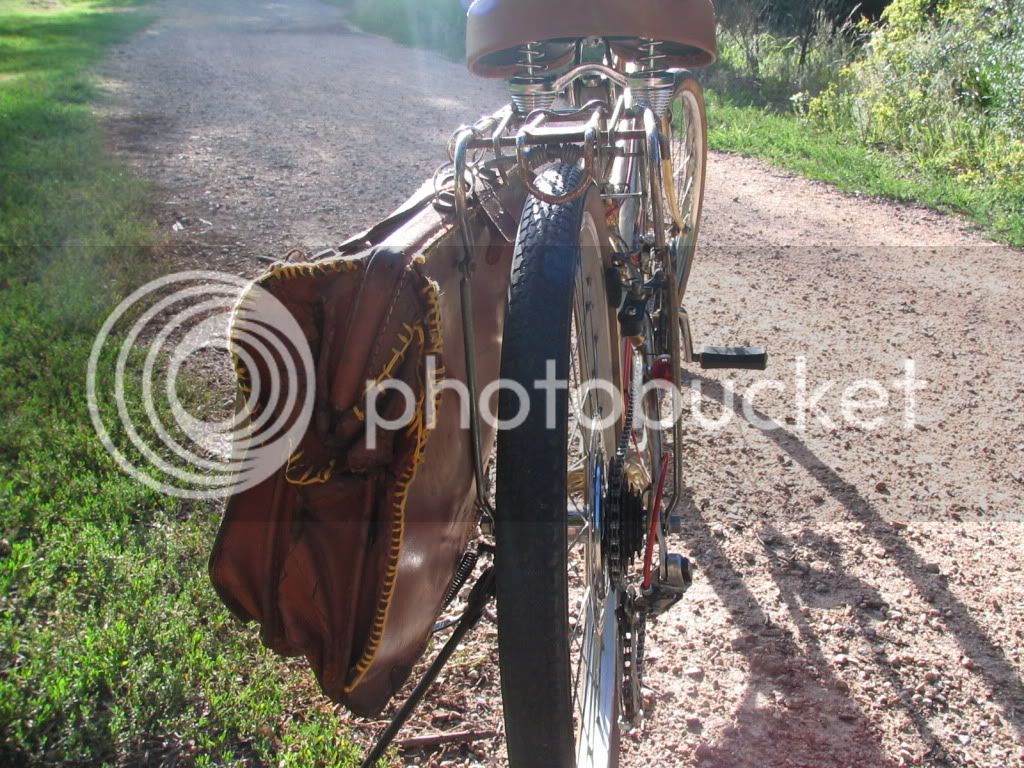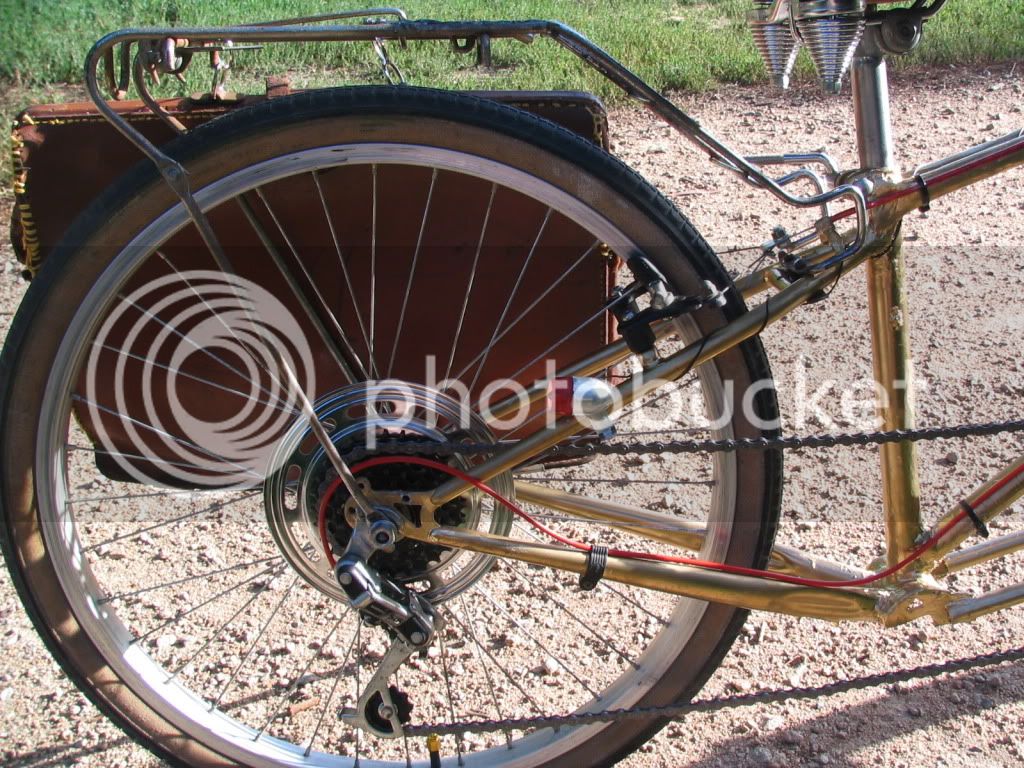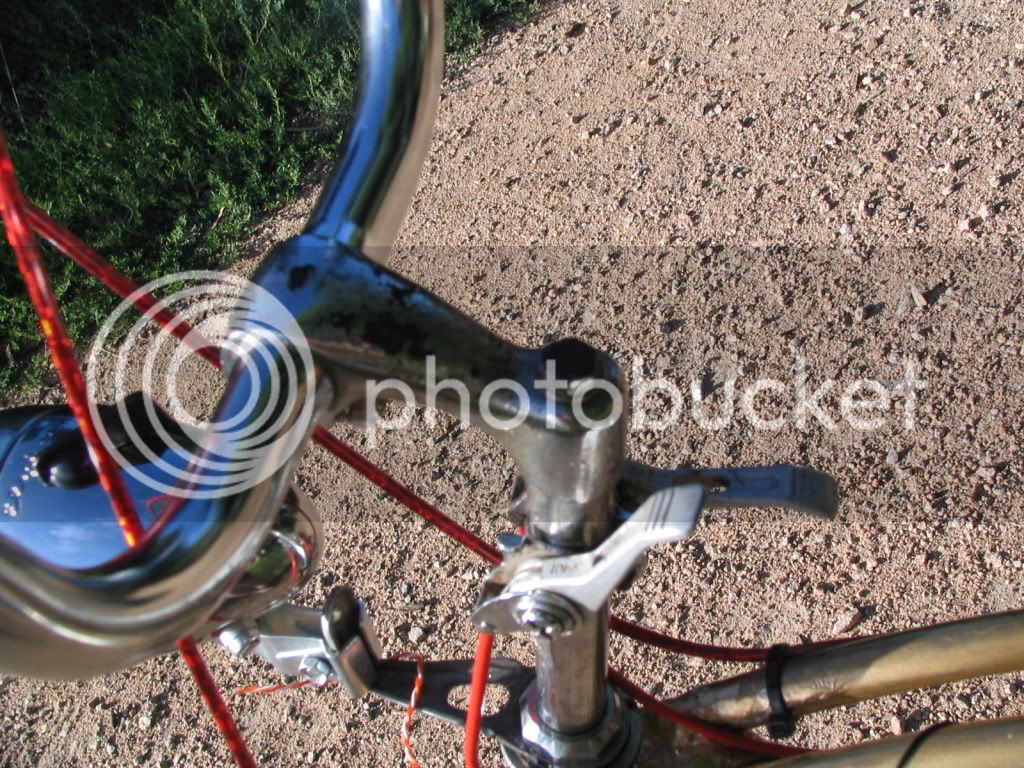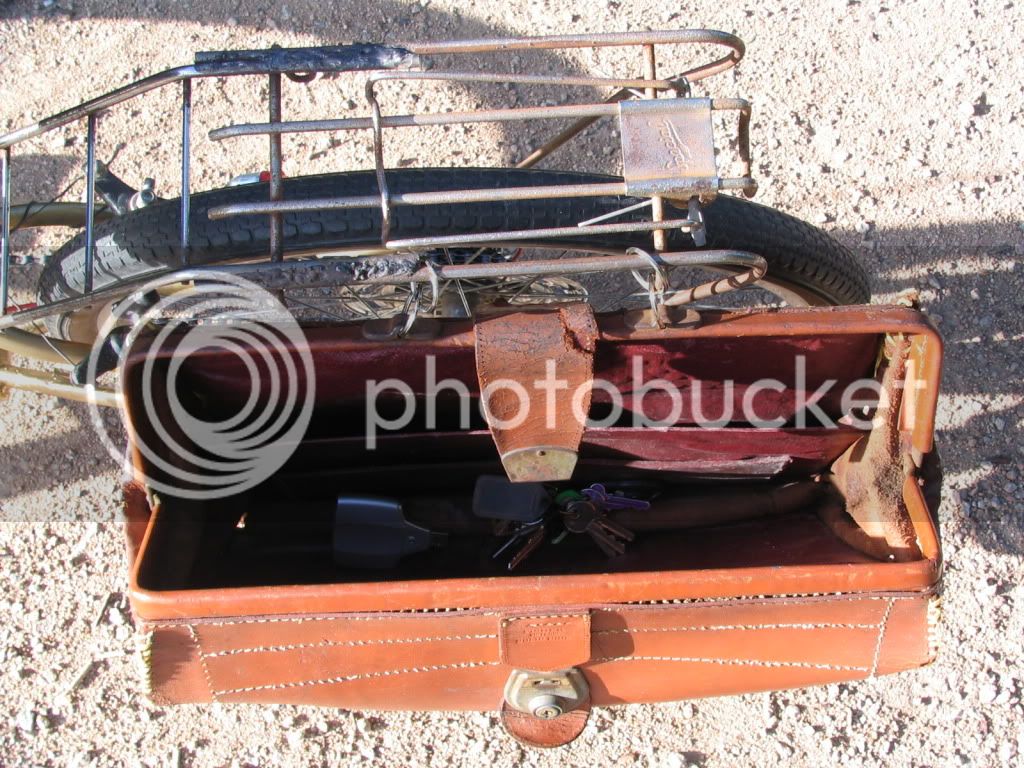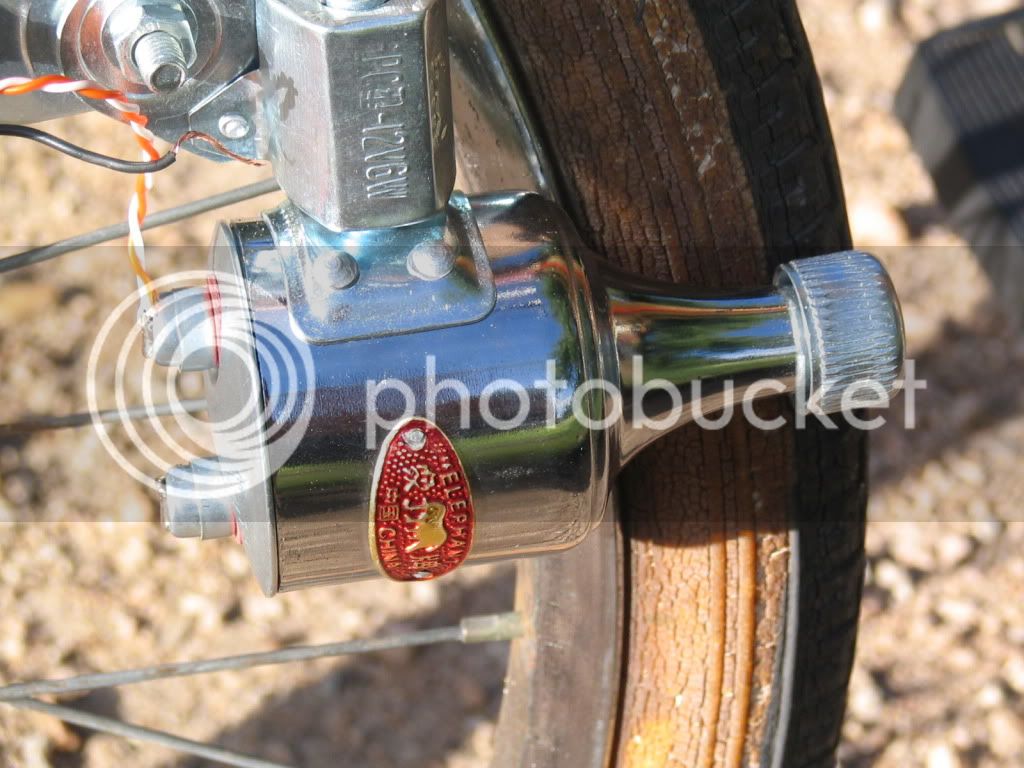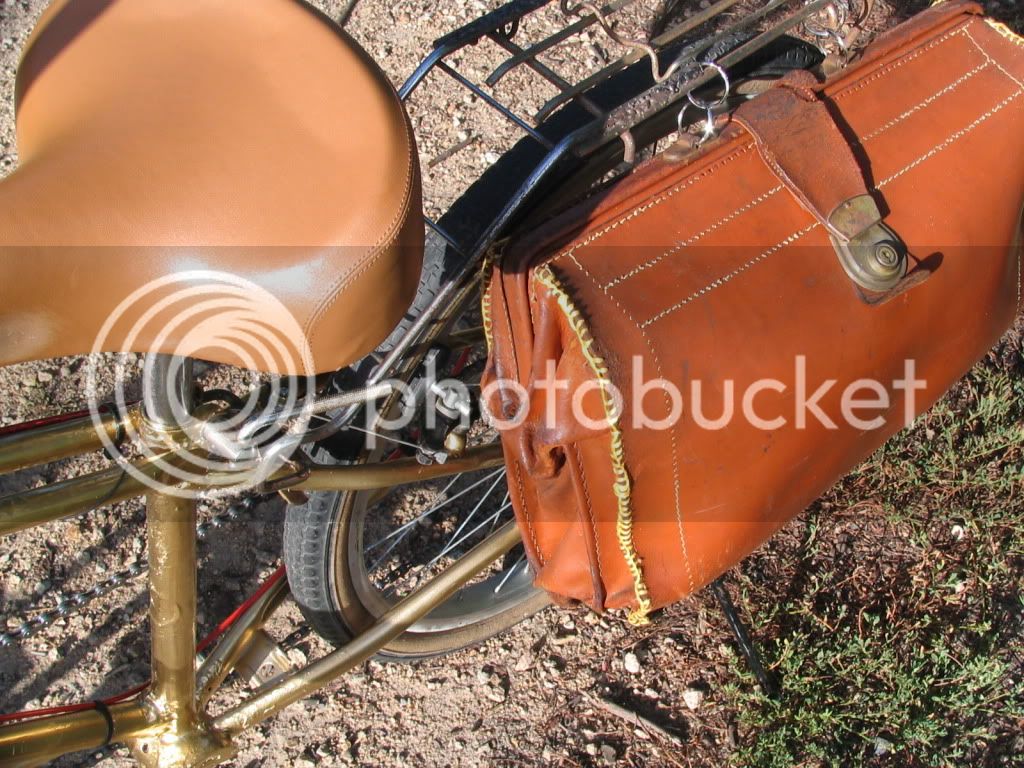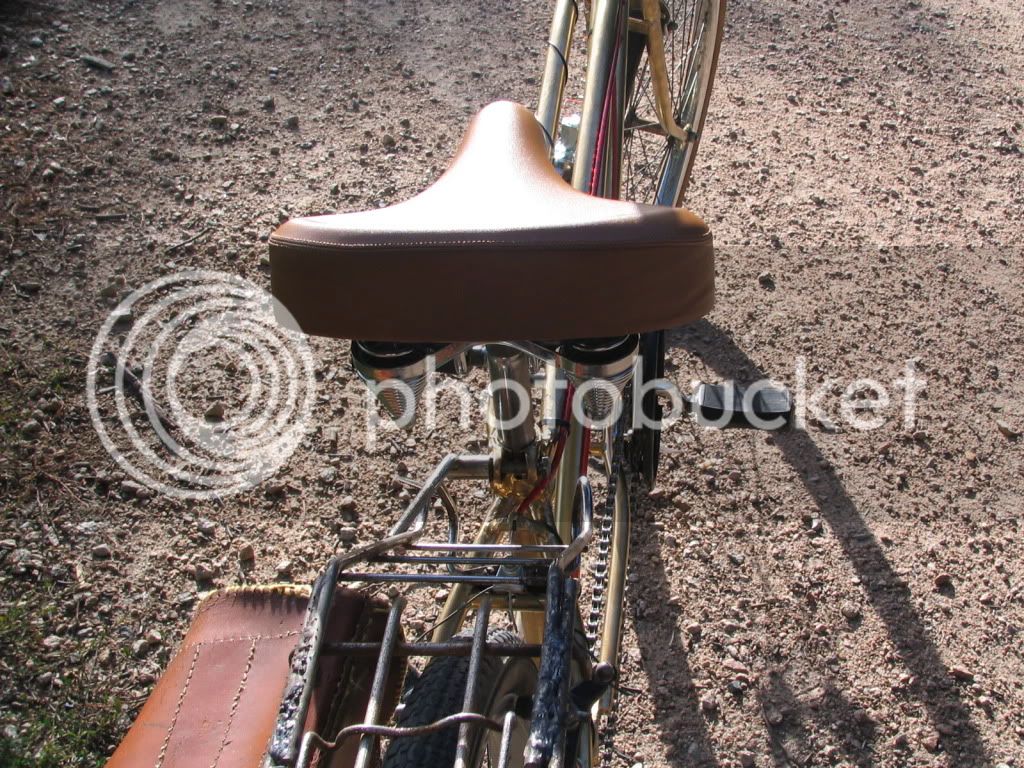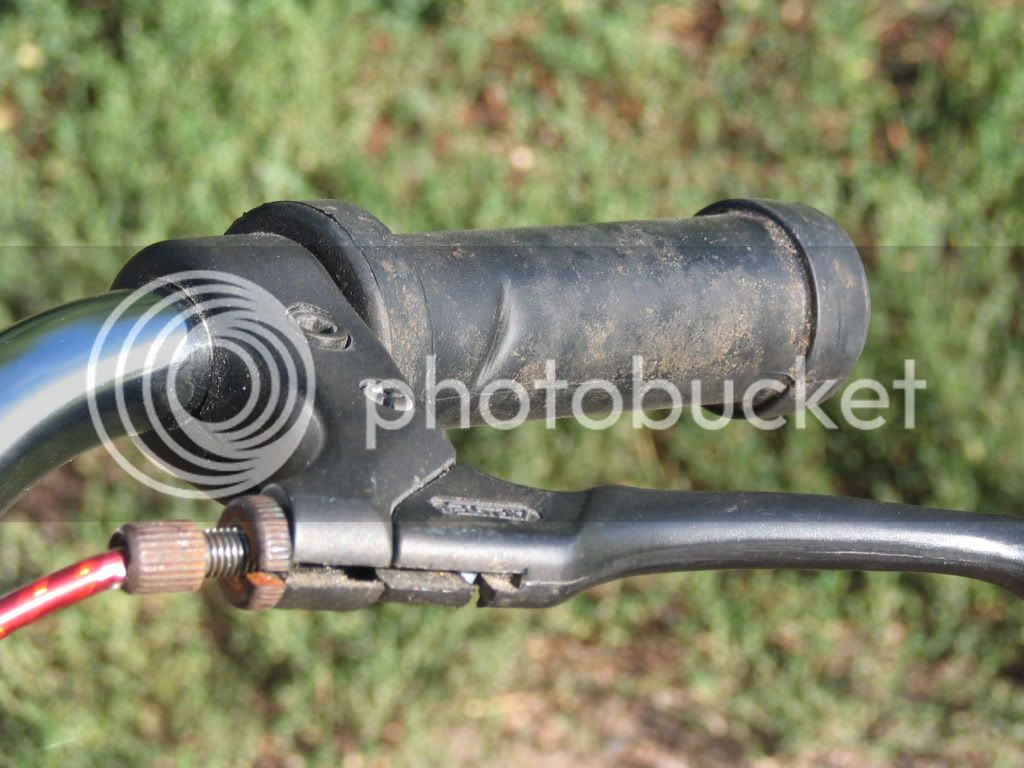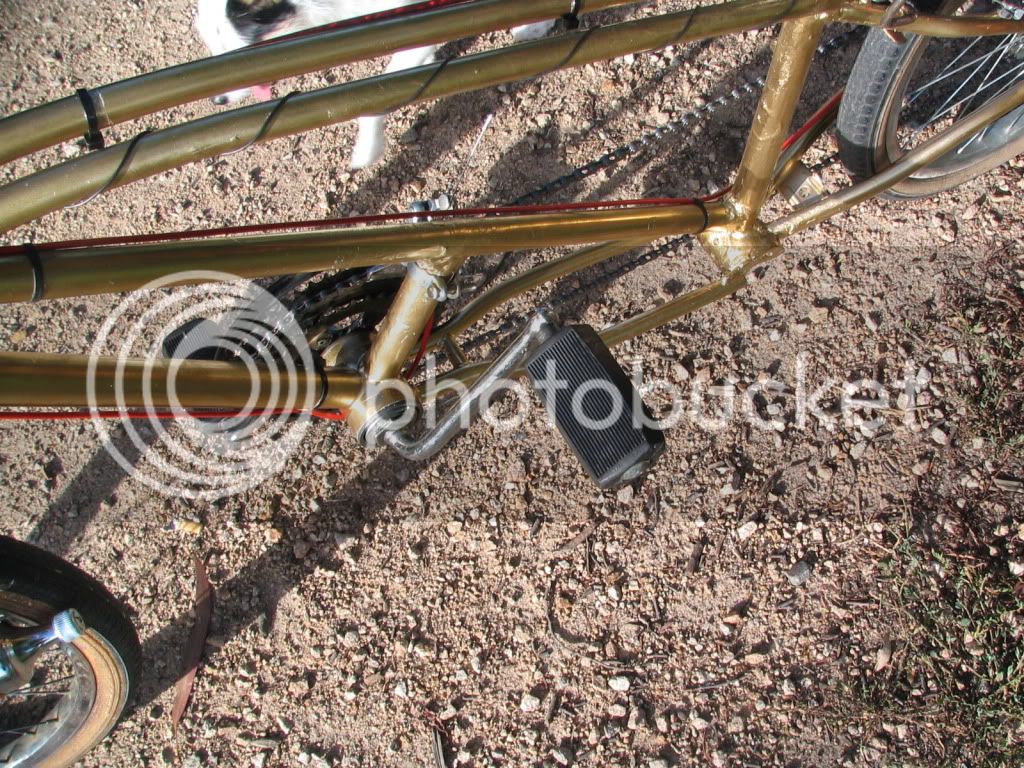You are using an out of date browser. It may not display this or other websites correctly.
You should upgrade or use an alternative browser.
You should upgrade or use an alternative browser.
Winter Burrito Build Off
- Thread starter Granth
- Start date

Help Support Rat Rod Bikes Bicycle Forum:
This site may earn a commission from merchant affiliate
links, including eBay, Amazon, and others.
- Joined
- Sep 14, 2010
- Messages
- 32
- Reaction score
- 0
Hey Outlaw,
yeah it's gone pretty quite in here. I was expecting a bit of activity at the end of the Jan, but it seems not.
It's been 5 months since the thread started, so with the exception of latecomers I think if people were gunna build they would have built by now.
Nice looking bike b.t.w. I'm gunna ask the obvious question, is it hard work pushing that tyre or do you gear it down?
yeah it's gone pretty quite in here. I was expecting a bit of activity at the end of the Jan, but it seems not.
It's been 5 months since the thread started, so with the exception of latecomers I think if people were gunna build they would have built by now.
Nice looking bike b.t.w. I'm gunna ask the obvious question, is it hard work pushing that tyre or do you gear it down?
anti: don't know yet as i haven't finnish it yet. i am going to say yes it might be a little hard to get it going if you stuck with a 48 chainring and a 16 rear tooth. i am between homes right now so as soon as my new house gets done and i get some kind of a shop built i will be back at it. i started to figure out how to put a 3 speed in as a jack shaft with another sproket to drive the rear wheel but so far i haven't come up with a good idea as yet. anyone out there have any ideas let me know. well i think this buildoff is dead. too bad too.
Outlaw
Outlaw
Its been tooooo cold to work out in the garage. I kinda have started, cutting up metal anyway. I painted another bike when it was colder and now the paint is falling off. If I had a nice week end or two I could get er done.
Hey guys, sorry I've been absent on this thread (and the board). Since late October I've been battling back and forth with pnuemonia and the flu that seems to never go away. I also had a sebicious (spelling) cyst on my back that got infected and pretty much left me immobile for a week or so. Then the weather ........ I can work in 15 degrees or higher but we've been getting a bunch of temperatures in the single digits and I'm not man enough anymore to brave those elements.
Finally everything is pretty much cleared up, but now I've got to cram to get my Autorama bike finished. I was originally gonna use my burrito for Autorama but I changed and went a totally different direction.
After Autorama I plan on finishing my Burrito and hopefully have it ready by the end of March.
Antipodean, The Bag Lady turned out real nice. Great color choice!
Outlaw, That is one cool looking project! I love the attitude that the bike oozes! Can't wait to see it finished.
Good luck to all!
As Diceman had mentioned, the guys are having a Burrito Build Off over on FBN so if any of you are interested, you're more than welcome to join in. Deadline is Feb 28th. FBN will give away Limited EditionT shirts for top three bikes! We will also sell limited
t shirts to only those who enter the contest, not sure of the price per shirt yet. I should know by Monday night. More info to be found here ..... http://www.forum.freakbikenation.com/ph ... m.php?f=84
* Please note that the above is not or was not intended to take away from this build off. Several of the guys on FBN had been wanting to do this build off for a year or better. ScrappyRon was the one who stepped up and got the basics organized. A couple of the builders were intending on building Burritos for Detroit's Autorama, so it was a good time of year for our build off to happen.
Finally everything is pretty much cleared up, but now I've got to cram to get my Autorama bike finished. I was originally gonna use my burrito for Autorama but I changed and went a totally different direction.
After Autorama I plan on finishing my Burrito and hopefully have it ready by the end of March.
Antipodean, The Bag Lady turned out real nice. Great color choice!
Outlaw, That is one cool looking project! I love the attitude that the bike oozes! Can't wait to see it finished.
Good luck to all!
As Diceman had mentioned, the guys are having a Burrito Build Off over on FBN so if any of you are interested, you're more than welcome to join in. Deadline is Feb 28th. FBN will give away Limited EditionT shirts for top three bikes! We will also sell limited
t shirts to only those who enter the contest, not sure of the price per shirt yet. I should know by Monday night. More info to be found here ..... http://www.forum.freakbikenation.com/ph ... m.php?f=84
* Please note that the above is not or was not intended to take away from this build off. Several of the guys on FBN had been wanting to do this build off for a year or better. ScrappyRon was the one who stepped up and got the basics organized. A couple of the builders were intending on building Burritos for Detroit's Autorama, so it was a good time of year for our build off to happen.

$249.40
$289.67
Kulana Lakona Tide Adult Beach Cruiser Bike, 26-Inch Wheels, 7-Speed, Silver
Amazon.com

$18.99
Old River Outdoors Bicycle/Motorcycle Chain Picture Frame 4" X 6" Photo - Faux Bike Chain
Old River Outdoors (USA Merchant)

$99.99
$108.99
Schwinn Toggle Quick Build Kids Bike, 12-Inch Wheels, Smart Start Steel Frame, Easy Tool-Free Assembly, Blue
easiness

$199.99
$229.99
Huffy Stone Mountain Women's Mountain Bike, Gray, 26 Inch Wheels/17 Inch Frame
HuffyDirect
chainsaw, hope you are feeling better. i had a bad head cold for a month now. it's better but i got a naging couth that won't go away.
good luck on your auto ramma build. hope you show some pic's of it when you get done.
i am not doing that bad boy for this buildoff as i am between houses and no place to work. i will get him done. will be changing some things on it too.
Outlaw
good luck on your auto ramma build. hope you show some pic's of it when you get done.
i am not doing that bad boy for this buildoff as i am between houses and no place to work. i will get him done. will be changing some things on it too.
Outlaw
Thanks Outlaw,
That lingering cough is killer. I've lost many nights of sleep because of it. I hope you get over it soon, no one needs that crap for as long as it seems to stay with everyone.
As for my Autorama bike ....
I've got a few pics up on FBN under "Charity Case", but I plan on putting a few on RRB when I'm finished. I don't have very good luck with the photobucketish type of loaders that are needed for most boards, so I don't post until I have enough to make it worth my time and aggravation.
I plan on riding the bike in a few Cancer/Diabetes/Heart rides this summer as well as other charitable rides. We do a ride called Bike 4 Betty in Ontario, Canada. A small group of us Freaks from Michigan go over and ride with our Ontario family of Freaks. We have a blast and it's a great cause. The others are gonna be "first rides" for us and I'm not sure nor do I care about how the other CYCLISTS will take to us. :lol: The main thing is to bring awareness to the organizations and help to raise money!
You wrote, " i am not doing that bad boy for this buildoff as i am between houses and no place to work. i will get him done. will be changing some things on it too."
Definitely keep us posted in the future! Gigs and I are hoping to write something like this in the very near future! :wink:
That lingering cough is killer. I've lost many nights of sleep because of it. I hope you get over it soon, no one needs that crap for as long as it seems to stay with everyone.
As for my Autorama bike ....
I've got a few pics up on FBN under "Charity Case", but I plan on putting a few on RRB when I'm finished. I don't have very good luck with the photobucketish type of loaders that are needed for most boards, so I don't post until I have enough to make it worth my time and aggravation.
I plan on riding the bike in a few Cancer/Diabetes/Heart rides this summer as well as other charitable rides. We do a ride called Bike 4 Betty in Ontario, Canada. A small group of us Freaks from Michigan go over and ride with our Ontario family of Freaks. We have a blast and it's a great cause. The others are gonna be "first rides" for us and I'm not sure nor do I care about how the other CYCLISTS will take to us. :lol: The main thing is to bring awareness to the organizations and help to raise money!
You wrote, " i am not doing that bad boy for this buildoff as i am between houses and no place to work. i will get him done. will be changing some things on it too."
Definitely keep us posted in the future! Gigs and I are hoping to write something like this in the very near future! :wink:
- Joined
- Sep 14, 2010
- Messages
- 32
- Reaction score
- 0
Hey Chainsaw,
Sorry to hear about your health. I must admit that I have been at an advantage given that it is summer here at the moment, albeit it a cold, wet and windy one. I did notice your autorama bike elsewhere on this site, and took a squiz at fbn. All good stuff.
Sinner4,
Looking forward to seeing your bike when you're done.
Outlaw,
I think you'll need to gear the rear wheel down, by how much depends upon your strength and how many hills you intend to go up.
If I understand you correctly putting in a jack shaft as you describe it, would increase the gear ratio when you want to decrease it.
I recommend that you use standard 15 or 18 speed derailer gear setup such that the lowest gear has a 1:1 gear ratio, or maybe something smaller if you want to go up some hills. I think that kind of gearing is pretty easy to get. I had a look in my shed and found a triple chainring with the smallest chain ring having the same number of teeth as the largest rear sprocket that I had. I also found a rear sprocket that was larger than my smallest chain ring. Personally I don't own a bike without gears and don't want to.
If you want to put in a jack shaft, I recommend that you have the same number of teeth on both sides, which can be done by cutting the cranks off two sets of 3 piece cranks, and using a standard bottom bracket that fits three piece cranks. You then put your cranks with the pedals attached in your frame back to front. I've seen this done on planty of exercise bikes, when I go scrounging. You could also use a combination of different sized chain rings to gear it down further. I recommend that you get friction based gear levers, rather than indexed ones. That'll make adjusting the gears real easy, given that you'd be doing something non-standard.
Your other alternative is a small motor.
If you want to get all technical, the power coming out of your bike is defined by the following equation.
power = torque x rotational_velocity.
where
Torque = force x distance
Where distance is the distance over which the force is being levered, which in this case is the diameter of your wheel. The force = total_weight * G * coeficient_of_friction.
The human body, like all machines, has a maximum power output, as well as a maxmimum speed and torque, which is why gears help us increase the power output when we are operating at close to maximum speed, although in your case you're more likely to run out of torque rather than speed if you used a fixed speed setup with a standard ratio.
So as a rule of thumb if you double the combined weight of you and your bike, then you want to half the gear ratio, assuming that your gear ratio was right to start with.
For example a 48 chain ring and 16 rear tooth gives you a gear ratio of 48/16 = 3, so one turn of the cranks turns the wheel 3 times. In this case the torque is decreased by a third and the rotational velocity is tripled. If you had a 48 tooth chain ring going to a 16 tooth sprocket attached to a 48 tooth chain ring via a jack shaft attached to a 16 tooth sprocket you'd get a gear ration of
(48/16)x(48/16) =9, which would mean that you have to exert 9 times the force on the pedals to get it going compared to a setup with a 1:1 ratio.
My apologies for the physics lesson.
Sorry to hear about your health. I must admit that I have been at an advantage given that it is summer here at the moment, albeit it a cold, wet and windy one. I did notice your autorama bike elsewhere on this site, and took a squiz at fbn. All good stuff.
Sinner4,
Looking forward to seeing your bike when you're done.
Outlaw,
I think you'll need to gear the rear wheel down, by how much depends upon your strength and how many hills you intend to go up.
If I understand you correctly putting in a jack shaft as you describe it, would increase the gear ratio when you want to decrease it.
I recommend that you use standard 15 or 18 speed derailer gear setup such that the lowest gear has a 1:1 gear ratio, or maybe something smaller if you want to go up some hills. I think that kind of gearing is pretty easy to get. I had a look in my shed and found a triple chainring with the smallest chain ring having the same number of teeth as the largest rear sprocket that I had. I also found a rear sprocket that was larger than my smallest chain ring. Personally I don't own a bike without gears and don't want to.
If you want to put in a jack shaft, I recommend that you have the same number of teeth on both sides, which can be done by cutting the cranks off two sets of 3 piece cranks, and using a standard bottom bracket that fits three piece cranks. You then put your cranks with the pedals attached in your frame back to front. I've seen this done on planty of exercise bikes, when I go scrounging. You could also use a combination of different sized chain rings to gear it down further. I recommend that you get friction based gear levers, rather than indexed ones. That'll make adjusting the gears real easy, given that you'd be doing something non-standard.
Your other alternative is a small motor.
If you want to get all technical, the power coming out of your bike is defined by the following equation.
power = torque x rotational_velocity.
where
Torque = force x distance
Where distance is the distance over which the force is being levered, which in this case is the diameter of your wheel. The force = total_weight * G * coeficient_of_friction.
The human body, like all machines, has a maximum power output, as well as a maxmimum speed and torque, which is why gears help us increase the power output when we are operating at close to maximum speed, although in your case you're more likely to run out of torque rather than speed if you used a fixed speed setup with a standard ratio.
So as a rule of thumb if you double the combined weight of you and your bike, then you want to half the gear ratio, assuming that your gear ratio was right to start with.
For example a 48 chain ring and 16 rear tooth gives you a gear ratio of 48/16 = 3, so one turn of the cranks turns the wheel 3 times. In this case the torque is decreased by a third and the rotational velocity is tripled. If you had a 48 tooth chain ring going to a 16 tooth sprocket attached to a 48 tooth chain ring via a jack shaft attached to a 16 tooth sprocket you'd get a gear ration of
(48/16)x(48/16) =9, which would mean that you have to exert 9 times the force on the pedals to get it going compared to a setup with a 1:1 ratio.
My apologies for the physics lesson.
antipodean said:Hey Chainsaw,
Sorry to hear about your health. I must admit that I have been at an advantage given that it is summer here at the moment, albeit it a cold, wet and windy one. I did notice your autorama bike elsewhere on this site, and took a squiz at fbn. All good stuff.Thanks Anti, I'm sorry I let you guys down. Hopefully this spring will bring some finished bikes in my stable of misfits. It seems that this past year was spent getting healthy enough to get sick again. Overall it was still a great year!
I'll make sure to post up the Burrito when I finally get it finished. Until then I'll just look at yours and the other Burrito that got completed on both boards! :mrgreen:





